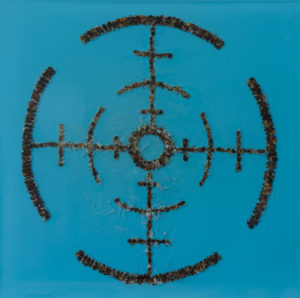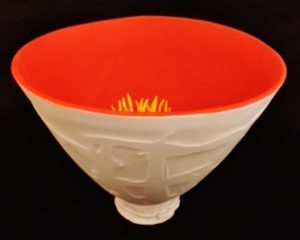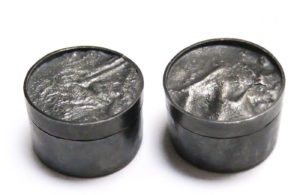The Ottawa Art Gallery is free to visitors, in part, because it raises enough money to not charge admission, thereby making art available to everyone. There’s no bigger event on that fundraising calendar than Le Party, and this year’s Le Party is the biggest yet.
It’s the gallery’s 30th anniversary and the first Le Party in its new building — that palace of glass and light that makes the old Arts Court home seem like a dungeon. There’ll be 69 original works by Ottawa-area artists up for bidding at Le Party on Nov. 8, including, for the first time, works created exclusively for the fundraiser, and to be seen for the first time that night.
Herein we offer a quick glance at a few pieces that are representative. You can see (almost) all of the available works on the OAG website at https://oaggao.ca/artist-bios-and-artwork.
Painting: The value of works at the silent auction start at $200 and go higher than in any previous year — all the way up to $12,000 for Philip Craig’s First Light, Snake Island. Craig, formerly a fixture in the Glebe, now lives at his studio by Otter Lake outside Ottawa. This oil on canvas shows deep feeling for the rocks and trees and water that surround his studio.

Sarah Hatton
Exclusive works: Among the works created for the fundraising silent auction, none is more distinct than is Sarah Hatton’s Kill Chain. It’s the latest in her series of Bee Works, with the bodies of thousands (over five years, hundreds of thousands) of dead honey bees arranged into shapes that occur in nature, all to focus on the urgent consequences of colony collapse. Kill Chain is Hatton’s first to use male bees, arranged in the shape of military targeting crosshairs. The male bees, Hatton writes, “were saved for a time when their use would speak directly to the current geopolitical climate.” Her timing is, sadly, impeccable.

Catherine Lescarbeau.
Photography: Catherine Lescarbeau’s Saintpaulia ionantha (or African violet — I googled it) is a study in minimalism. The photograph is placed behind glass with no frame, and the potted plant seems to float in the ether. A textbook lesson in how presentation is fundamental to how an image is perceived.

Shirley Yik
Prints: Shirley Yik’s blurb on the OAG website says she examines the anthropocene, which is the title of the Edward Burtynsky-led exhibition now at the National Gallery. She defines it as “who we are, and what we value,” and her (literally) dark linocut etching shows sheep crowded into a tight paddock. The sardonic title is, Just Business, Nothing Personal.

Susan Roston. Pointed Hypocrisy
Ceramics: Susan Roston is self-taught, which may explain her creative idiosyncrasy. Her works bring to mind exotic sea creatures, even when sheltered in a recognizably fabricated shape. In this case, delicate tendrils reach up from the base of an imperfect bowl, like a coral sheltered in the detritus of a human shipwreck.

Anna Williams
Mixed media: Anna Williams’ illuminated beaver lodge was a highlight of the new OAG’s inaugural exhibition, and now she’s working on a smaller scale. A wooden cupboard is populated with, to use her title, “experiments, missteps and curiosities,” including a bear, stones, complex shapes, etc.

Elaine Ho
Jewelry: There’s more jewelry than ever before in this year’s Le Party, though this isn’t your shopping mall notion of what jewelry can be. Consider Elaine Ho’s exquisite, tiny boxes, a pair made of sterling silver with an oxidized finish. Inside, on the bottom, one says Hello, the other says Goodbye. What are they, exactly? They are what they are, two tiny posts on the border between art and function. Tickets to Le Party as still available at oaggao.ca, and it is, without question, the social and fundraising event of the visual arts year in Ottawa.






